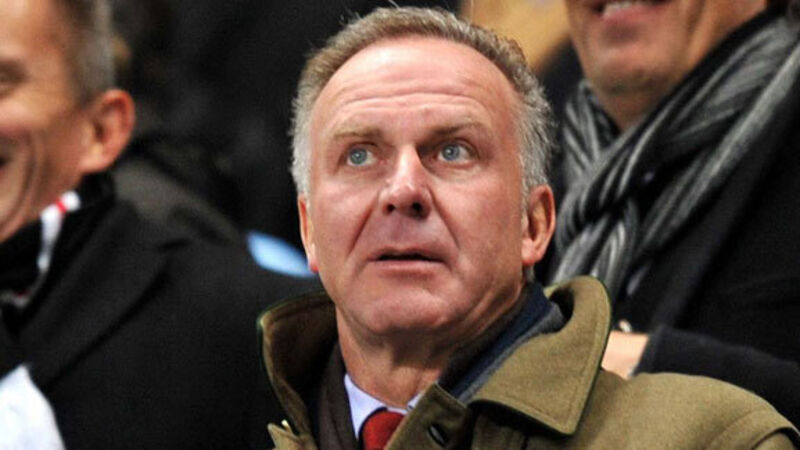Managing a break with tradition for Qatar World Cup is no easy task

Last-minute equalisers in Manchester and Milan, Bayern Munich going down in Dortmund, Real Madrid thumping Atletico, and new leaders in the Premier and the Bundesliga.
The two-week international break seemed like an eternity for many fans. Just imagine if it was two months.









